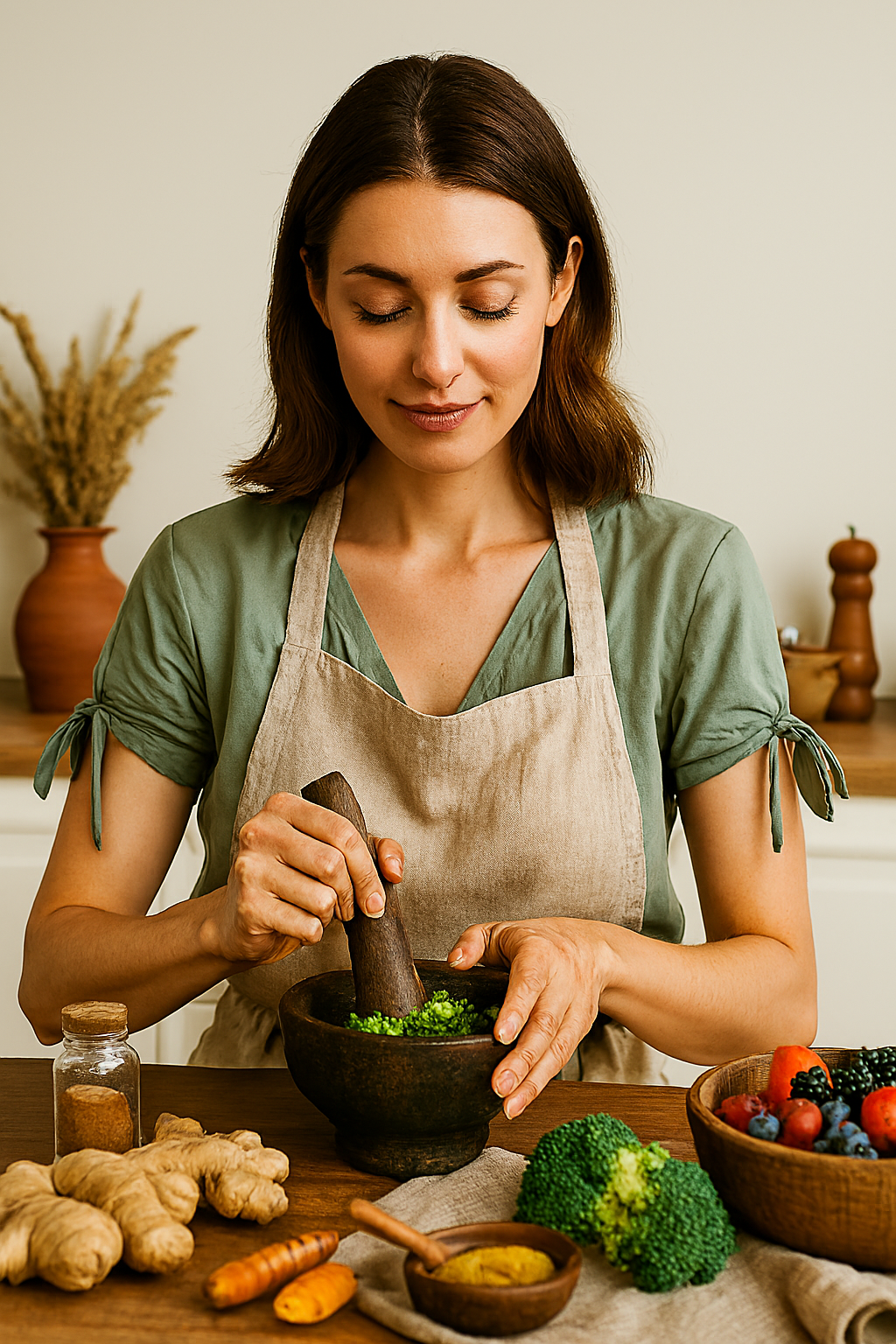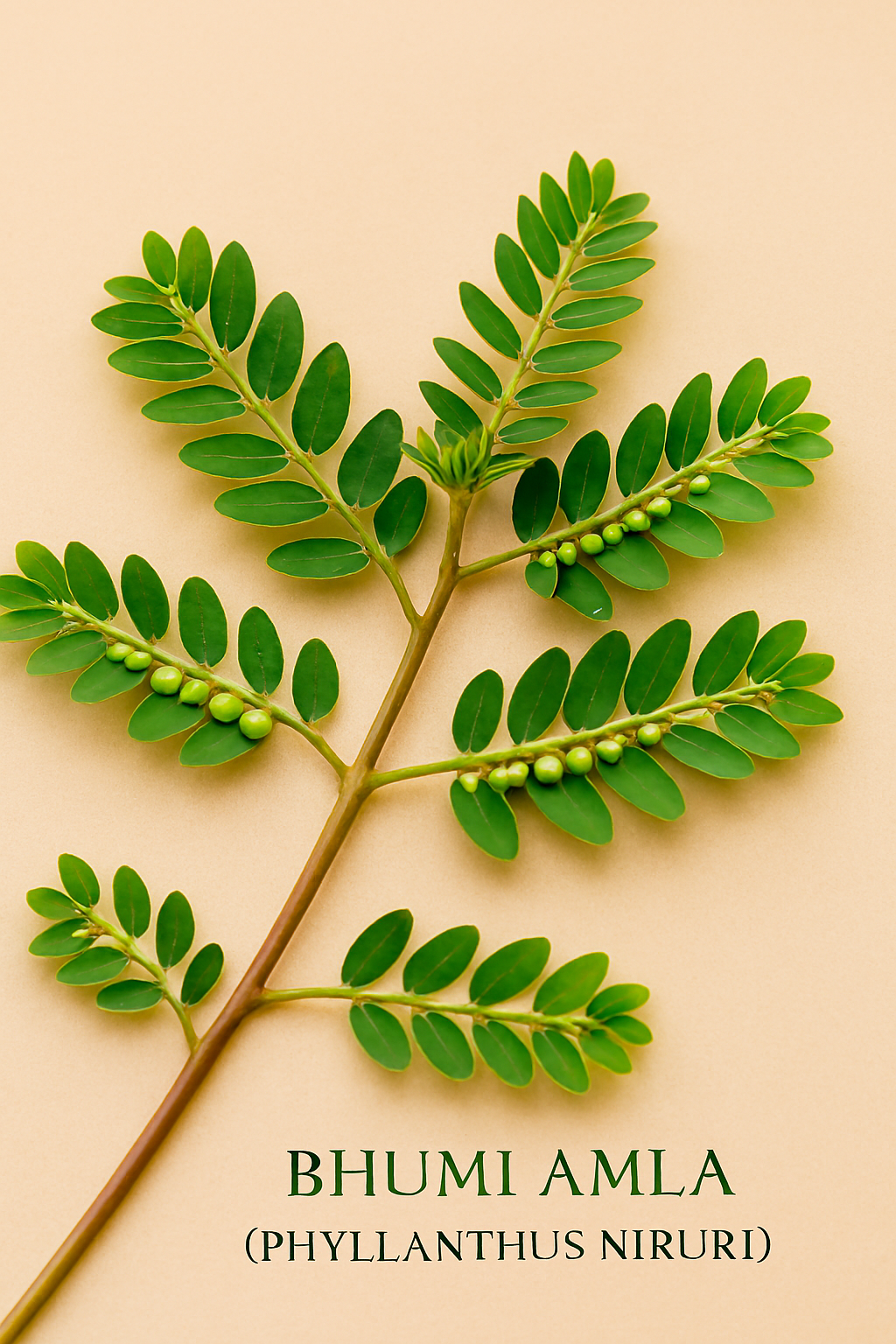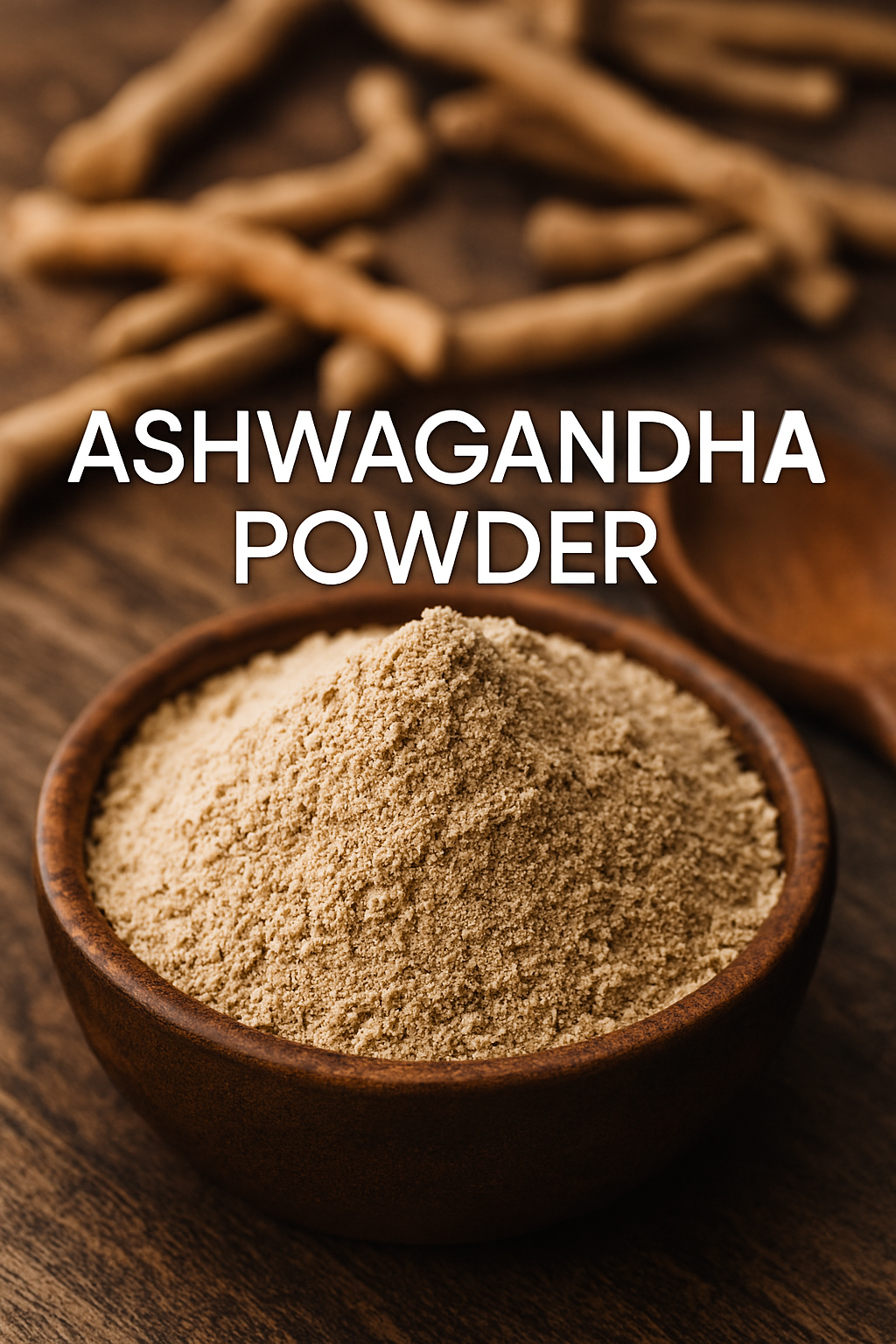Desi ghee—a golden, aromatic form of clarified butter—is more than just a kitchen staple in India. For centuries, it has been celebrated in Ayurveda for its nourishing, healing, and spiritual qualities. From drizzling over hot rotis to using as a base for herbal medicines, ghee holds a timeless place in Indian tradition.
Rich in healthy fats and vitamins A, D, E, and K, ghee is easily digestible, lactose-free, and highly versatile. Modern science now supports what Ayurveda has long known: ghee is both nutritional and medicinal.
What is Ghee?
Ghee is made by simmering butter until water evaporates and milk solids separate, leaving behind a pure, golden fat with a nutty aroma. It is:
- Lactose- and casein-free → suitable for those with dairy sensitivities
- High in smoke point (~450°F / 232°C) → ideal for frying and sautéing
- Long shelf life → stable at room temperature without refrigeration
Unlike regular butter, ghee’s slow cooking process caramelizes milk solids, giving it a unique flavor and therapeutic value.
Ghee vs. Butter: Key Differences
| Feature | Ghee | Butter |
|---|---|---|
| Ingredients | Pure clarified butterfat | Butterfat with milk solids & water |
| Lactose/Casein | Removed (safe for sensitive digestion) | Present |
| Flavor | Nutty, aromatic | Creamy, mild |
| Smoke Point | High (~450°F / 232°C) | Medium (~350°F / 177°C) |
| Shelf Life | Long, no refrigeration needed | Short, refrigeration required |
| Ayurvedic Use | Sacred & medicinal | Not used traditionally |
| Digestibility | Easy for most people | Can cause issues for some |
Ghee in Ayurveda
In Ayurveda, ghee is considered sattvic—a food that promotes clarity, calmness, and vitality. It is believed to:
- Balance Vata and Pitta doshas (neutral for Kapha in moderation)
- Enhance Agni (digestive fire) and aid nutrient absorption
- Nourish the dhatus (body tissues)
- Lubricate joints and body channels (srotas)
- Act as an anupana (carrier) for herbs, delivering them deep into tissues
- Increase Ojas, the essence of immunity and vitality
Top 10 Health Benefits of Ghee in Ayurveda
- Supports Digestion – Strengthens Agni, eases constipation, acidity, and bloating.
- Improves Skin Health – Moisturizes dry skin, heals burns, and promotes radiance.
- Boosts Eye Health – Nourishes eyesight and calms excess Pitta.
- Strengthens Bones – Enhances calcium absorption and supports tissue health.
- Anti-Inflammatory – Reduces joint pain and arthritis symptoms.
- Rich Antioxidant Source – Provides vitamin E and butyrate for cell protection.
- Enhances Immunity – Supports absorption of fat-soluble nutrients.
- Cognitive Support – Improves memory, focus, and nervous system health.
- Balances Doshas – Harmonizes Vata, Pitta, and Kapha.
- Promotes Longevity – Acts as a Rasayana (rejuvenator) for vitality and youthfulness.
Scientific Research on Desi Ghee
- Heating Effects: Safe for frying at 140–180°C without harmful changes.
- Adulteration Detection: Fluorescence and spectroscopy methods identify purity.
- Flow Properties: Ghee exhibits unique rheological (flow) behavior.
- Extraction Studies: Composition varies with traditional vs. modern methods.
- Vanaspati Adulteration: Detectable using spectrophotometric analysis.
How to Make Pure Desi Ghee at Home
Making ghee from fresh cream (malai) is simple and rewarding.
Ingredients & Equipment
- Cream (collected from full-fat cow or buffalo milk)
- Heavy-bottomed pan
- Wooden spoon
- Cheesecloth or cotton cloth
- Glass jar for storage
Collecting Cream
- Boil full-fat milk, let cool, and refrigerate overnight.
- Skim malai (cream) from the top.
- Collect for several days until you have enough.
Churning Cream into Butter
- Optionally add a little sour yogurt to the cream.
- Churn using a blender or hand whisk until butter separates from whey.
- Collect butter; save whey for soups or recipes.
Cooking Butter into Ghee
- Heat butter on low flame in a heavy pan.
- Simmer until water evaporates and milk solids settle at the bottom.
- When solids turn golden brown and liquid is clear, ghee is ready.
Strain & Store
- Strain through cloth to remove solids.
- Store in a glass jar at room temperature.
Storage Tip: Ghee lasts weeks at room temperature, months in a cool place, and up to a year if refrigerated.
How to Make Medicated Ghee (Ksheer Ghee)
Medicated ghee is ghee infused with Ayurvedic herbs for therapeutic benefits.
Common Herbs Used
- Amla (Amalaki): Rich in vitamin C, antioxidant
- Nagarmotha (Musta): Aids digestion and detox
- Guduchi (Giloy): Boosts immunity
- Shatavari: Balances hormones, especially in women
- Ashwagandha: Reduces stress, improves energy
Method
- Soak herbs in water overnight and prepare a decoction (boil until reduced by half).
- Strain the decoction.
- Heat pure ghee in a pan and slowly add the decoction.
- Simmer until water evaporates and ghee absorbs herbal properties.
- Strain and store in a clean jar.
Usage
- General dose: 1 tsp, up to 3 times daily (consult an Ayurvedic practitioner).
- Benefits: improves digestion, immunity, stress resilience, and hormone balance.
Final Thoughts
Desi ghee is more than a cooking fat—it is a nutritional powerhouse and Ayurvedic medicine. When prepared traditionally and consumed mindfully, it nourishes the body, sharpens the mind, and uplifts the spirit.
Whether enjoyed on warm rotis, used in herbal formulations, or crafted into medicated ghee, this golden elixir continues to embody health, tradition, and vitality.




